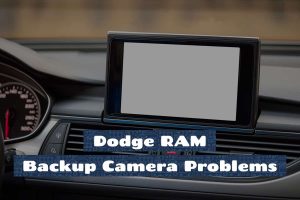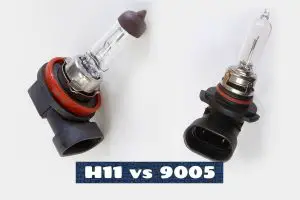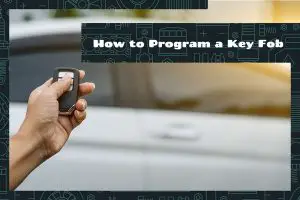Every part of a car serves a purpose, from the early horseless carriages to today’s sleek machines. Amidst the talk of engines, horsepower, and turbochargers, a spindly component often gets overlooked—the humble car antenna.
Think of the antenna as the car’s “ear.” It picks up radio waves so you can jam to tunes, helps your GPS to prevent you from getting lost and even assists in making those all-important phone calls.
The Basics of Car Antennas
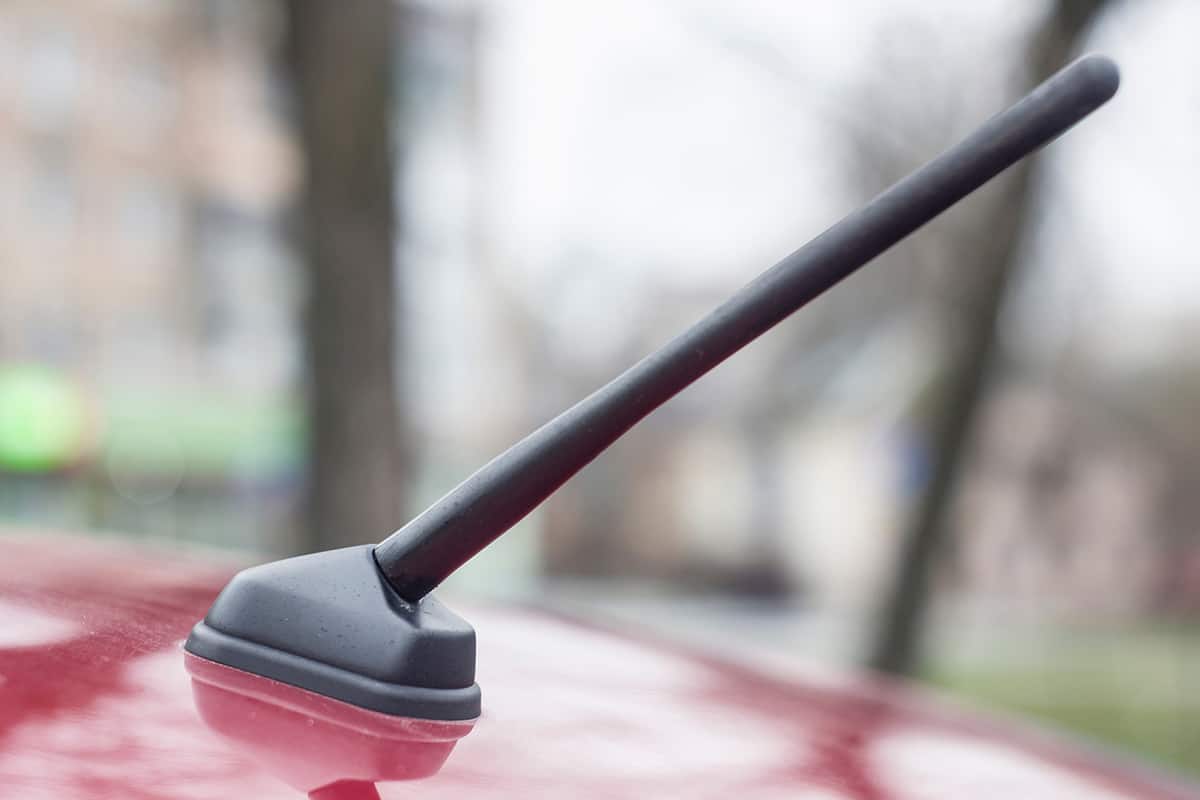
When you think about cars, “speed” or “engine roar” might come to mind, but this subtle, sometimes stick-like thingy on cars does a heavy lifting of its own: the antenna. It’s more than just a fancy twig sticking out of your car. Let’s get into the basics.
What is a Car Antenna?
In its simplest form, a car antenna is designed to capture airborne signals. Imagine being at a rock concert but standing outside the venue. You can vaguely hear the music. Imagine if you had a magic wand that could grab the tunes and bring them to your ears. That’s your car antenna, though instead of rock music, it’s usually catching radio waves.
Primary Functions of Antennas
Antennas on cars aren’t just trying to set a fashion statement; they have some serious jobs to do. Here’s the lowdown:
- Radio Reception: The most common use. Just like your ears pick up sounds, these antennas pick up radio frequencies so that you can groove to 80’s hits or that latest pop sensation without a hiccup.
- GPS Signals: Ever wondered how your car knows where the nearest pizza joint is? It’s all thanks to the antenna capturing signals from satellites that tells your GPS system where to go.
- Television Reception: For those swanky cars with built-in TVs, the antenna ensures you catch the latest episode of your favorite show or the big game while on the move.
- Satellite Communications: With technology skyrocketing, cars can now communicate with satellites for a range of services, from weather updates to traffic alerts.
- Mobile Phone Reception: Some high-end cars come with built-in mobile phone systems. The antenna strengthens the signal, making your calls are crystal clear.
Types of Car Antennas
Over the years, the antennas on our vehicles have morphed in style, functionality, and location. Here’s a peek into the cookie jar:
- Traditional Whip Antennas: This is the granddaddy of car antennas. Long, metal, and stick-like, you’ve seen it wobbling on cars. It’s a universal design, loved for its strength in picking up AM and FM radio signals.
- Shark Fin Antennas: These sleek, aerodynamic antennas are not just for making your car look like it’s about to dive into the deep ocean. They are often used for satellite radio, GPS systems, and sometimes mobile connectivity.
- Hidden Antennas: Some cars like to play hide and seek with their antennas. These are typically concealed within the car’s structure, like inside the windshield or dashboard. They’re a boon for car aesthetics, ensuring that nothing juts out and interrupts the car’s smooth silhouette.
Advancements in Antenna Technology
Antenna technology has grown. They have come a long way from being just metal rods. Let’s dive into the futuristic world of antenna technology.
Smart Antennas and Their Role
Remember when you used to adjust the bunny ears on old TVs to get a clear picture?. Instead of simply picking up signals from everywhere, these antennas are, well, smart.
- Beamforming and Directionality: Smart antennas can focus their attention in specific directions. Imagine trying to hear someone in a crowded room. Instead of shouting “Huh?” repeatedly, you lean in closer to them. That’s what beamforming does, but with signals. This results in better reception, faster data speeds, and fewer interruptions.
- Improving Communication Efficiency: In traffic, it’s hard to hear your favorite song with all the honking and noise. Smart antennas filter out the noise, focusing solely on the signals they need. So, even in areas with a lot of devices, your car’s antenna can pick out its song from the radio signal party.
Antennas in Connected Cars
Modern cars now work as a hub of communication. Modern cars chat with each other, the road, and even the traffic lights. And for this chit-chat, they rely heavily on their antennas.
- Facilitating Vehicle-to-Vehicle Communication: Cars can constantly send and receive information from other vehicles. This can be about traffic conditions, potential hazards, or just a friendly car head nod to its buddy passing by. Advanced antennas make this dialogue smooth and seamless to prevent collisions and make driving safer.
- Enabling Vehicle-to-Infrastructure Communication: This is where cars show off their multilingual skills. They don’t just talk to other cars—they converse with traffic lights, parking spaces, and road signs. As a translator, Antennas lets the car know if a parking space is free or if a traffic light is about to change.
Common Issues and Fixes with Car Antennas
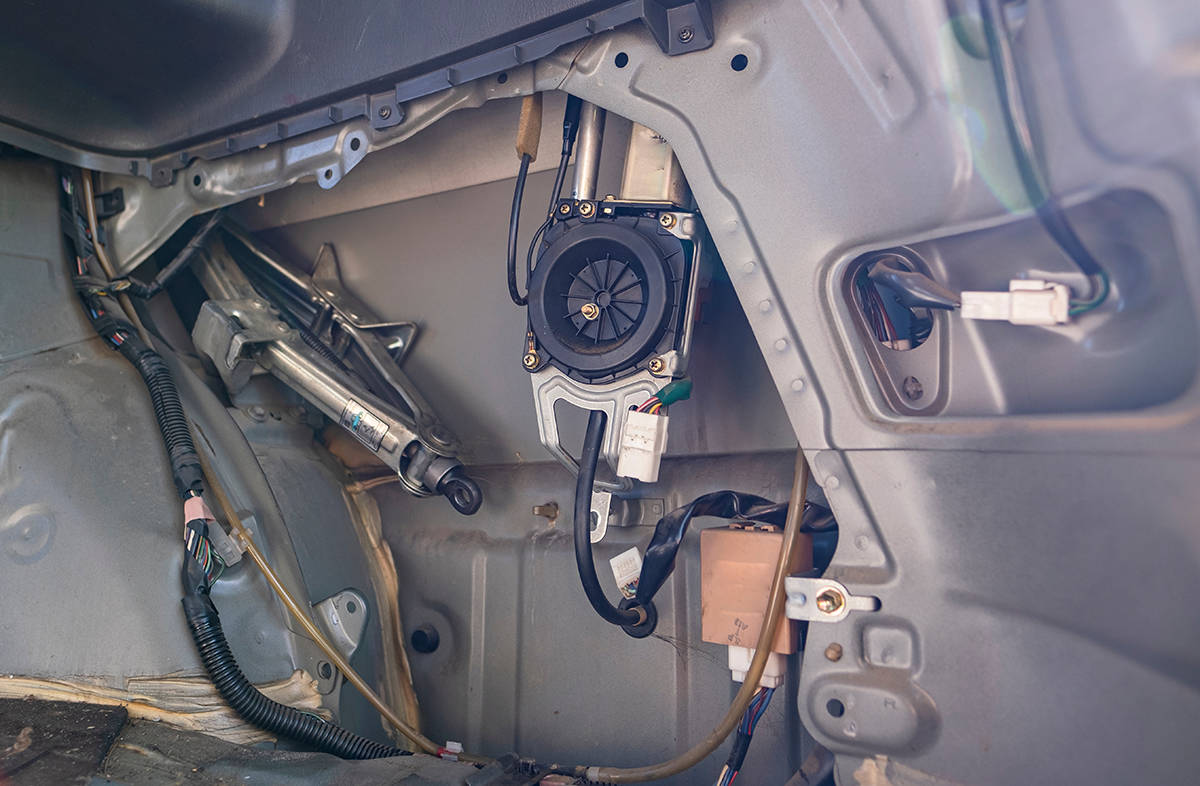
Let’s shift our focus to common issues with car antennas and how to deal with them.
Poor Reception or No Signal
This is normal if you’re driving in the middle of nowhere with bad reception. However, if you’re driving in the middle of the city with static blasting through your speakers, here’s how you can resolve the problem.
- Check the Basics: Sometimes, the simplest solutions are the most overlooked. Set your radio to the right frequency (your favorite radio station, for instance). If you’re stuck between stations, you might pick up static.
- Inspect the Antenna Mast: If it looks bent or broken, it’s likely the culprit. A replacement might be in order.
- Antenna Base and Cable Connection: Sometimes, it’s not about the stick but where it’s planted. The base could be corroded or the cable might be loose. A quick check and tightening job might bring back those crystal-clear tunes.
Intermittent Reception
If your radio’s playing peekaboo with the signals, that’s intermittent reception for you. Here’s how you can deal with flaky music that’s here one minute and gone the next:
- Damaged Cable: A damaged or frayed cable works when it feels like it. A cable inspection might reveal if it’s time for a replacement.
- Faulty Radio or Internal Electronics: The problem may lie in the radio itself. If it’s older than time itself, maybe it’s time for an upgrade.
Static or Interference
If you hear more crackling than music, you’re dealing with interference. It’s like when you’re trying to talk while someone is obnoxiously munching chips beside you.
- Identify External Interference: Devices like cell phones, tablets, or even your car’s own electronics can interfere. A simple relocation might help. Keep that phone away from the radio; it’s not a duet!
- Upgrade to a Filtered Antenna: If static is a regular intruder, consider antennas with built-in filters. They keep all the unwanted garbling out of your speakers.
FAQs
1. Why have whip antennas become less common?
Whip antennas, the long metal rods that once adorned many vehicles, have seen a decline in popularity for a few reasons.
- Automotive design trends now prioritize sleekness and aerodynamics.
- Technological advancements have introduced more compact and integrated antenna designs that can perform just as effectively, if not better.
- Digital signals have allowed for different antenna designs that can capture signals without the need for a long rod.
2. Can I upgrade my car’s antenna for better reception?
Yes, upgrading your car’s antenna can improve reception. Various aftermarket antennas are available designed specifically to boost signal strength and clarity. Depending on your needs, you can opt for antennas that are better suited for urban areas with many obstructions or those designed for rural areas where signal strength from radio towers might be weaker.

